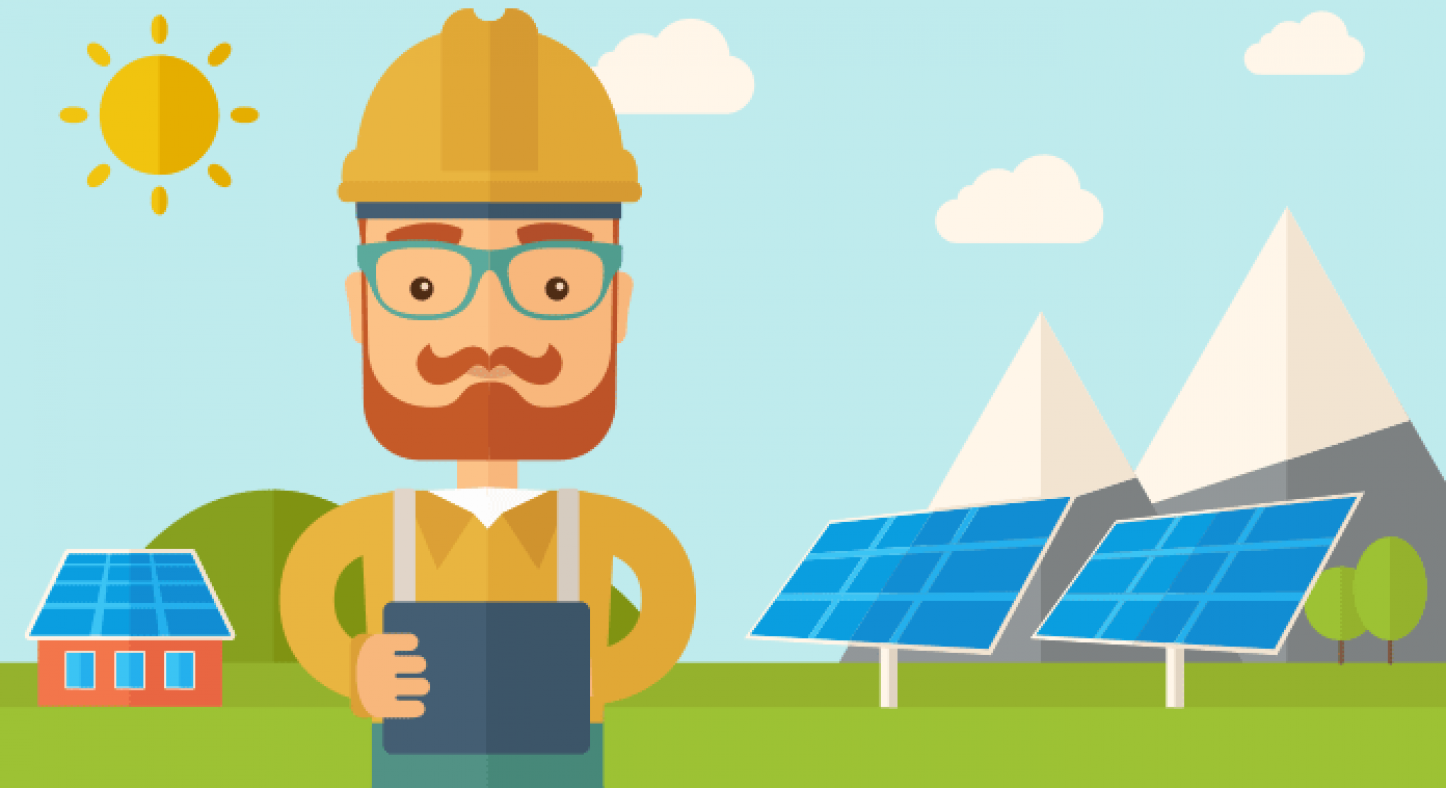How blockchain technology can help decentralize electricity supply

As the world gets to understand its scalability and adaptability, blockchain is now being used to address global challenges such as energy.
Problems of climate change due to fossil energy has led to the need to scale up the amount of renewable energy (e.g. wind and solar) generated and integrate great quantities into the grids. Renewable energy tends to be irregular and is usually generated from decentralized and smaller-scale sources. Therefore, there is need to smooth its generation and distribution at the desired scale. Fortunately, blockchain technology enables the integration of technologies that enable demand forecasting and management, storage, and trading to be integrated into new intelligent smart grids.
With its advanced cryptography and its distributed and unchallengeable ledger, blockchain enables the transfer of many assets between parties affordably and securely without intermediaries. Participants can even own a piece of the network by hosting a node. People who use solar panel technologies always wondered what to do with excess energy generated. Now they can sell it to their neighbors and the grid, and consumers can trade in “claims in future electricity production” and get accurate accounting.
Decentralized energy grids
Centralized utility systems usually can’t optimally match supply and demand, are likely to experience single points of failure, and suffer from distribution leaks and losses across their networks.
That is possibly why there is a rapid move towards decentralized energy that is related to the rise of renewable energy and distributed sources. Their advantages include potential to increase energy efficiency, improving reliability, cutting costs, and supporting renewable energy integration. The problem is coordination, and blockchain brings solutions to these problems by using smart contracts to optimize coordination.
Benefits of decentralized grids
1. Decentralized grids enable genuine local markets for energy trading to develop. For example, if blockchain technology is integrated to smart-meter technology and smart contracts, it is easier to trace and verify energy sources, and to enable efficient peer-to-peer trading and better optimization and balancing of demand and energy load.
2. Peer-to-peer trading has potential to support and strengthen the approval of renewable energy, reduce energy transportation costs and reduce the need for energy traders, energy companies and payment providers.
3. Blockchain enables secure and automatic recording of transactions, creating a transparent process that users can trust. There is better protection against cyber-attacks and personal information is protected.
4. Decentralized grids, supported by blockchain, are capable of rerouting power in response to natural disasters or to places around the world that suffer from energy scarcity.
Examples of companies using blockchain in energy
A number of companies have started to use blockchain solutions for renewable energy management.
Siemens Digital Grid and LO3 Energy launched the Brooklyn Microgrid Project, an energy marketplace for locally generated renewable energy. It’s an open-source and scalable platform. People generate solar energy from rooftop panels and freely trade in almost real-time with their neighbors. A built-in control system enables redirection of power to community centers and hospitals in times of disaster.
BlockCharge created a prototype for a seamless electric vehicle charging system that links a blockchain-based network. The network enables an electric car to be charged via any charging station in the system and be billed for the energy consumed. The payment system is automatic. This type of systems helps to optimize decentralized grids.
Power Ledger, a blockchain energy firm in Australia, recently bought a 250kW photovoltaic system that will use blockchain data management and settlement system. The system will integrate a Power Purchase Agreement for transparent trading. Blockchain technology will track renewable energy generated by the asset to provide a verified audit trail for energy bought from the grid, energy dispatched to the grid and energy consumed. This entirely avoids errors in under-accounting or over-accounting for revenue. The system will also issue large-scale tokenized generation certificates.
The Energy and Resources Institute (TERI) of India has created a blockchain based platform. It facilitates peer-to-peer transactions of solar energy generated by rooftop solar panel technologies among households, schools, malls and SMEs. Subscribers will be able to log into their accounts, quote prices, and set bids.
JP Morgan and swytchX have partnered on the largest US-based non-utility blockchain project. The project, whose goal is to increase JP Morgan’s goal of 100% renewable energy, will improve the tracking of renewable energy output, environmental indicators and other metrics. Market participants will find it easier to trade RECs or emission
Decentralized grids can’t be avoided
Decentralization of electricity supply cannot be avoided and blockchain is making it easier. With blockchain technology, more people using solar panels and those who plan to use solar panels will find it easier to sell their excess power to their neighbors or to the decentralized grids.